Production Of Transgenic Animals Notes
Milk is the secretion of mammary glands that can be collected frequently without causing any harm to the animal. A Gene requires certain cellular mechanism to help for the production of protein.
43 Creation of the transgenic animal A number of methods are currently in use for the creation of transgenic animals.

Production of transgenic animals notes. Production of Transgenic Mice by Pronuclear Microinjection. Transgene is incorporated into the ES cell by Microinjection By a retro virus By electroporation Transgenic stem cells are grown in vitro. It is also known as molecular farming or molecular pharming.
The animal production industry is gradually reaching towards revolution due to the development of genetic map knowledge of expression of genes and techniques for large propagation. Many procedures have been developed to increase the efficiency of this generally inefficient process. Transgenic animals produced with the purpose of producing better and good quality breed increased in milk yield as well as to produce organs to meet the demand for organ transplantation.
Transgenic technology led to the development of fish and livestock with an altered genetic profile that enabled them to grow faster salmon to reduce waste pig or fight diseases prion-free cows resistant to bovine spongiform encephalopathy known as mad cow disease. This procedure called sperm-mediated gene transfer SMGT may someday be able to produce transgenic pigs that can serve as a source of transplanted organs for humans. Applications Of Transgenic Animals.
The development of transgenic animals has been part of biotechnology research which has been expanding rapidly. After injecting the DNA the embryo is implanted into the uterus of receptive females. Biopharming is the production and use of transgenic plants and animals genetically engineered to produce pharmaceutical substances for use in humans or animals Goven 2014.
The animals used for transgenic purpose naturally carry the mechanism needed to produce complex protein. Theses mechanism is absent in cell culture. Then they are inserted into a blastocyst and implanted into a hosts uterus to grow normally.
Let us discuss a few of them here. There are several methodologies employed. Transgenic animals are used as tools in research and for the production of recombinant proteins.
The foundation for the production of transgenic animals was started using sperm mediated gene transfer. The method is conceptually quite simple and at least in rodents can produce transgenic offspring with relatively high efficiency. Pronuclear microinjection remains the most widely used method for the germline modification of mice and other species.
The injection of a DNA solution into the pronuclei of fertilized eggs is the most common method for making transgenic animals. PowerPoint PPT presentation. Transgenic pigs have also been produced by fertilizing normal eggs with sperm cells that have incorporated foreign DNA.
The three main ways of producing transgenic animals are pronuclear manipulation embryonic stem ES cell manipulation and. Transgenic mice are developed by injecting DNA into the oocytes or 1-2 celled embryos taken from female mice. Transgenic animal technologies have come a long way since the creation of the first transgenic mouse in 1974 Transgenic Mouse 2005.
It is one of the most important utilization of transgenic animals involving the target production recombinant of. Thanks to the transgenic technology today we have mouse models for several. ES cells are obtained from the inner cell mass of a blastocyst.
A transgenic animal is animal whose chromosomes have been changed to carry the. A transgenic animals mainly produce the desired drug at high levels. 4 and in 1980s the transgenic mice is produced using the most popular microinjection technique 5.
Advantages of Transgenic Animals. One favoured method involves the inoculation of the DNA into the pronucleus of a fertilised ovum followed by implantation into pseudo pregnant females. Milk as the Medium of Protein Production.
Trans-genesis is important for improving the quality and quantity of milk meat eggs and wool production besides creating drug resistant animals. The creations of many transgenic animals were subsequently reported in 1985s 6. Genetically modified animals are proving ever more vital in.
Transgenic animals can be created by manipulating embryonic stem cells. The transgenic animals are created because of the benefits they provide to the man. Injection is done at the stage of development when the zygote has two pronuclei one from each gamete which will later fuse to form the diploid nucleus.
Transgenic animals have the potential of agricultural applications like improved growth rate and carcass composition improved resistance to disease increased milk.

Transgenic Animals And Their Applications Sciencedirect

Production Of Therapeutics From Transgenic Animals Ppt Video Online Download

Production Of Therapeutics From Transgenic Animals Ppt Video Online Download
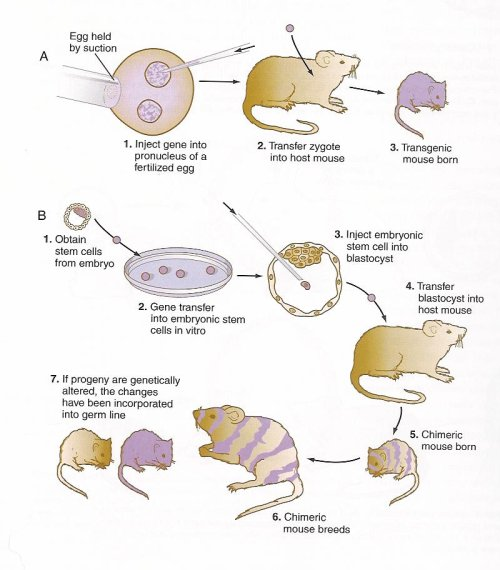
Transgenic Animals A Short Review

Transgenic Animals Dna Technology Somatic Cell Biotechnology

Transgenic Animals A Short Review

Transgenic Sheep An Overview Sciencedirect Topics

Transgenic Animals A Short Review

Transgenic Animals Unit 3 Chapter Ppt Download
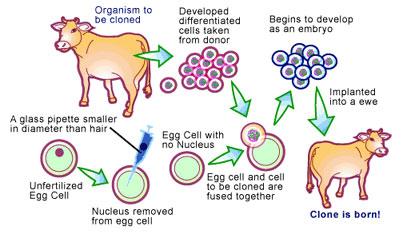
Transgenic Animals A Short Review

Applications Of Transgenic Animals Biology Ease

Production Of Therapeutics From Transgenic Animals Ppt Video Online Download
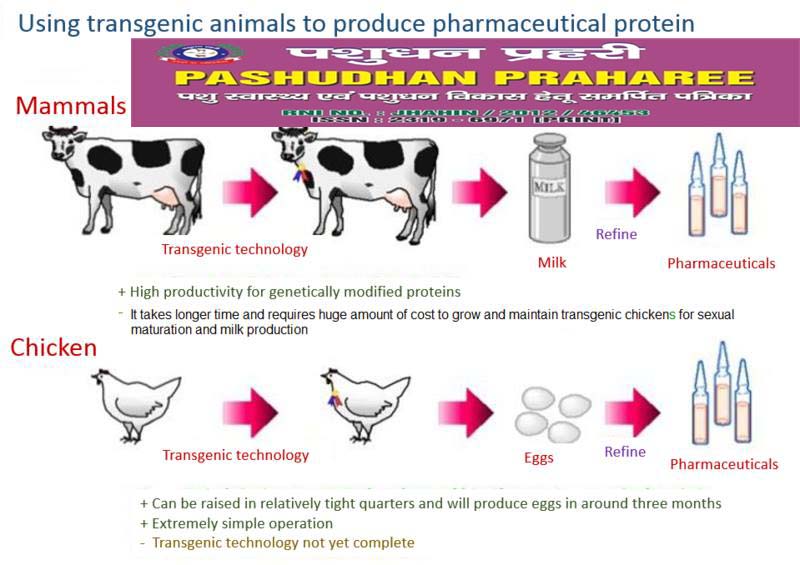
Production Application Of Transgenic Animal For Improving Livestock Productivity Human Welfare Pashudhan Praharee
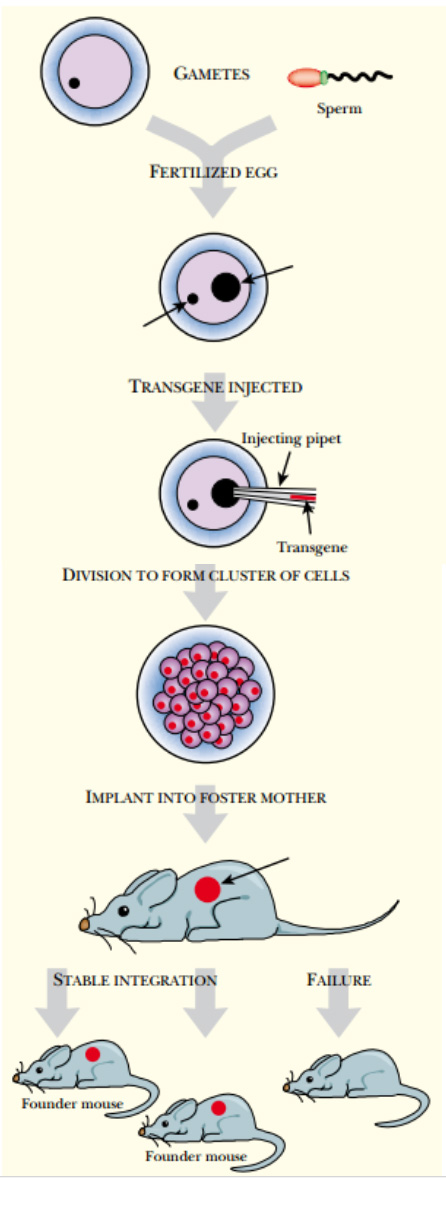
Transgenic Animals Procedure Techniques
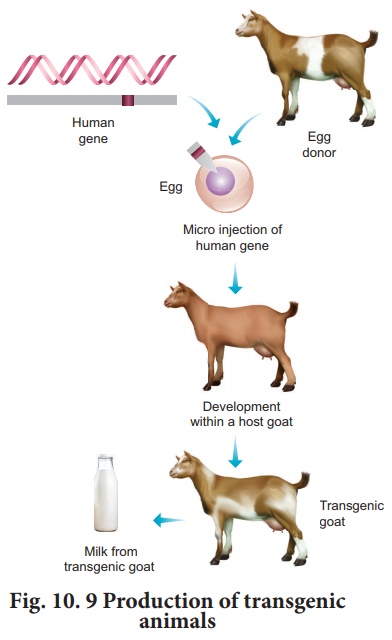
Transgenic Animals Applications Of Biotechnology

Production Of Therapeutics From Transgenic Animals Ppt Video Online Download

Transgenic Animals And Their Applications Sciencedirect

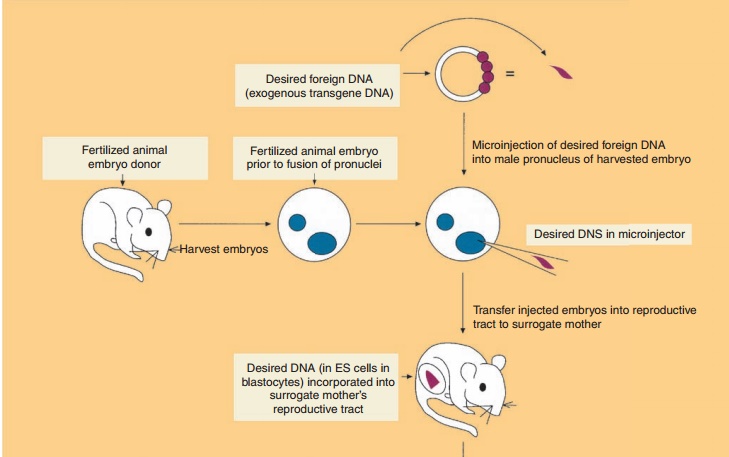

Komentar
Posting Komentar